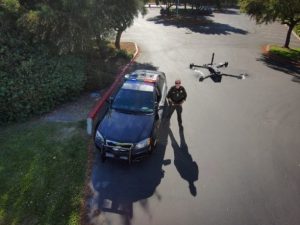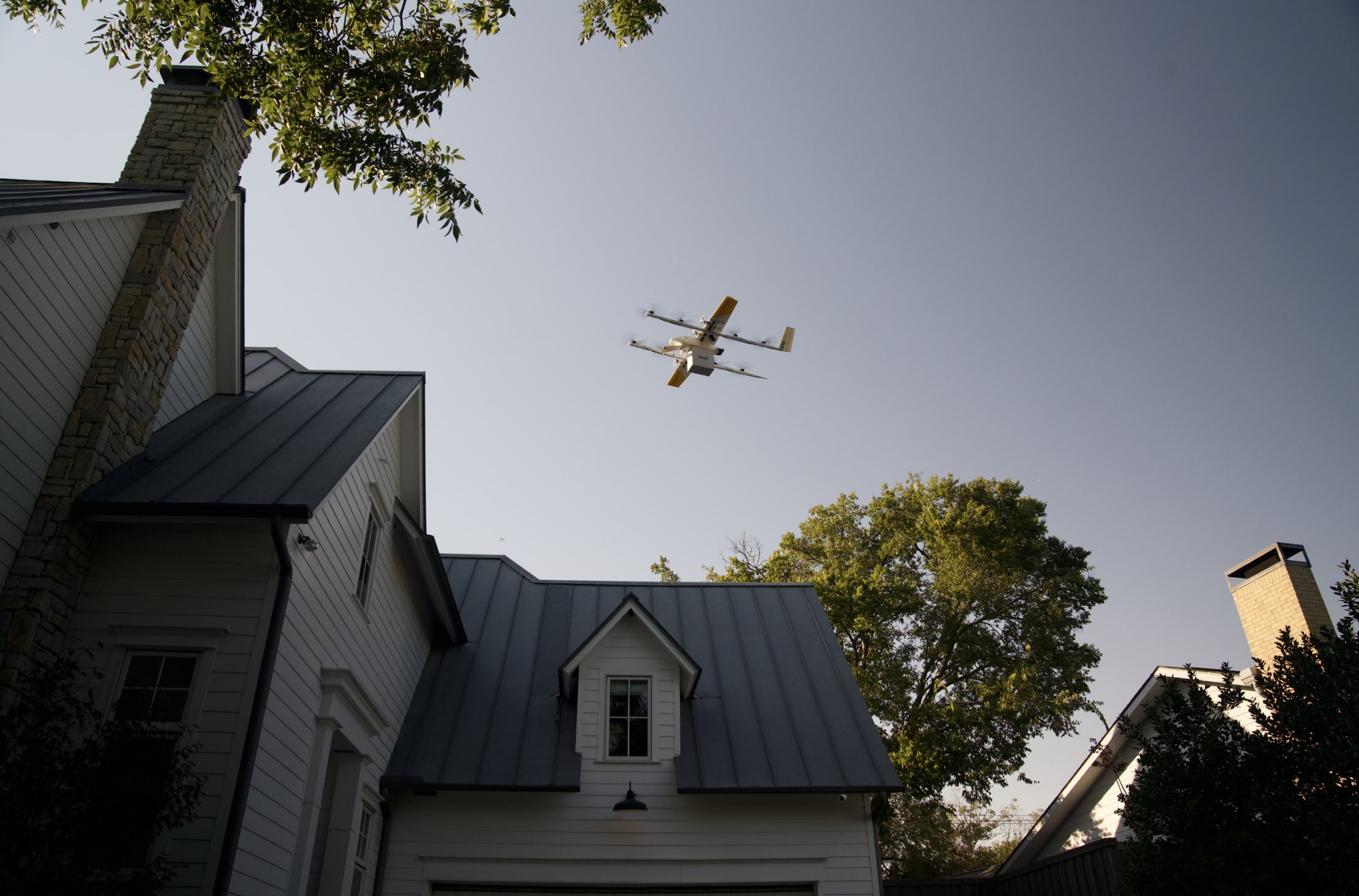Flytrex and Wing Launch Groundbreaking Flight Coordination in Overlapping Airspace
On May 28, 2025, Flytrex and Wing announced the implementation of unmanned traffic management (UTM) standards that revolutionize drone operations in the U.S. This collaborative effort marks a significant milestone in the integration of two commercial drone delivery services operating in shared airspace near Dallas, Texas.
This innovative application enables both companies to streamline their flight processes by automating the separation of drone paths in low-altitude shared airspace. This is the first instance where multiple beyond visual line of sight drone operators have utilized UTM services for recurring commercial operations.
By exchanging flight plans and coordinating their flight paths strategically, Flytrex and Wing are setting a new standard for drone delivery operations, making them more adaptable as air traffic increases.
Yariv Bash, CEO and co-founder of Flytrex, stated, “Unmanned Traffic Management is the backbone of a scalable drone delivery ecosystem. It allows multiple operators to fly safely and efficiently, even in densely populated areas, by mitigating drone-to-drone collision risks. We’re proud to work alongside Wing to pioneer a new standard for airspace coordination built for scale.”
A National First: Coordinated Drone Delivery in Shared Airspace
The surge in drone technology and delivery usage in suburban locations has emphasized the necessity for real-time collaboration among service providers. While UTM infrastructure has been in development for years, this is the first time two commercial drone delivery services in the U.S. have concretely implemented such solutions in their everyday operations.
Traditionally, these companies operated in segmented zones; however, Flytrex and Wing can now function closely to cater to overlapping communities, managing their flight trajectories to avoid potential clashes without requiring manual coordination. They participate in the FAA’s UTM Operational Evaluation, which facilitates the safe exchange of flight intent data.
Margaret Nagle, Vice President and Global Head of Policy, Regulatory and Community Affairs at Wing, commented, “This is yet another milestone for the UTM Operational Evaluation, leveraging core principles of U.S. aviation and innovation. By utilizing global standards, we will increasingly observe multiple drone services operating in the same overlapping airspace at scale.”
Looking Towards the Future
The deployment of interoperable UTM services, adhering to an industry-developed global standard, signals the onset of a new era in aerial logistics. This initiative not only allows multiple drone fleets to coexist in densely populated environments but also enhances service reliability and public trust.
This pivotal advancement signifies a major leap towards incorporating drone delivery into the routine life of Americans. As skies become busier with autonomous aircraft, real-time coordination among service providers will be essential to uphold safety and efficacy.














